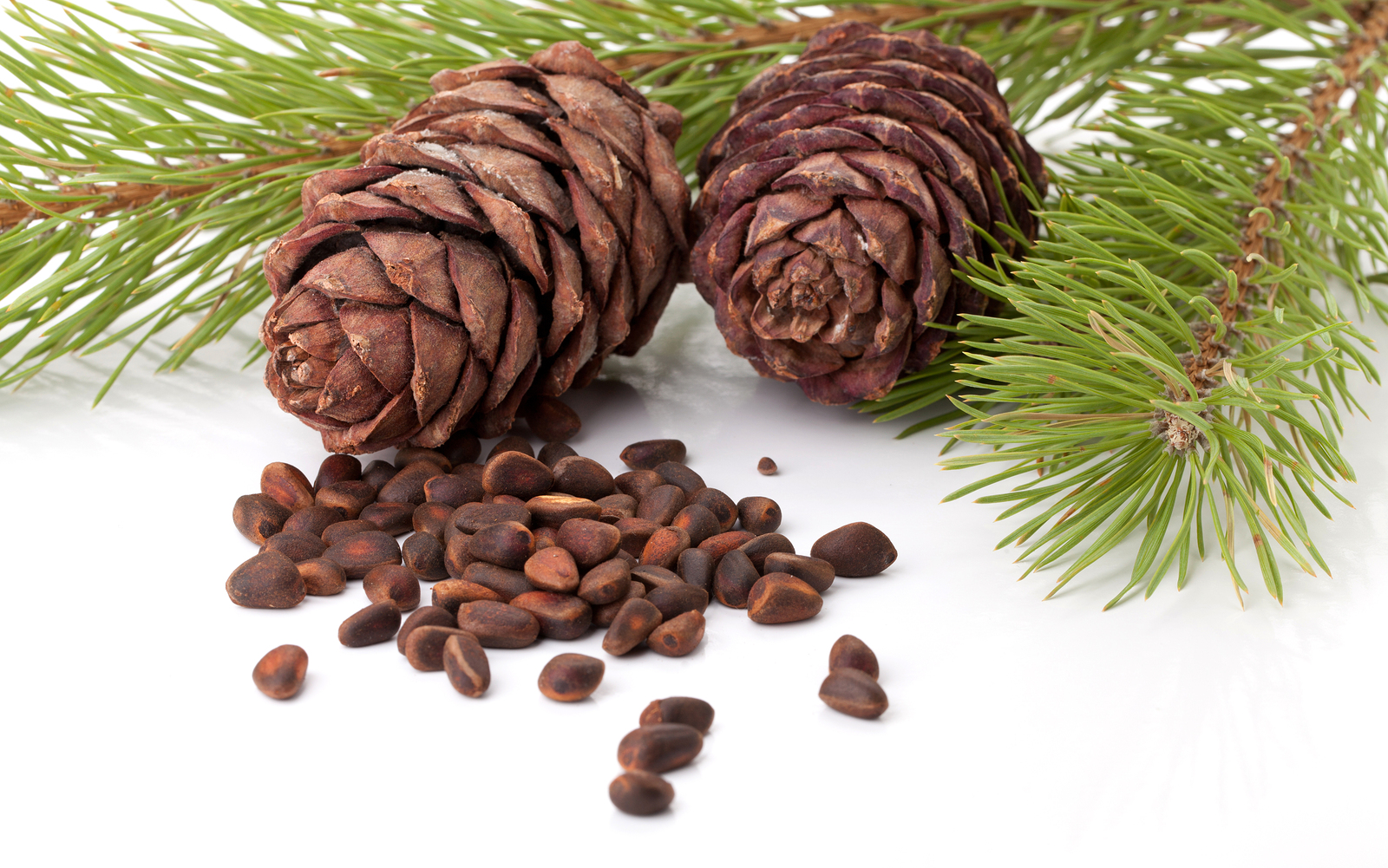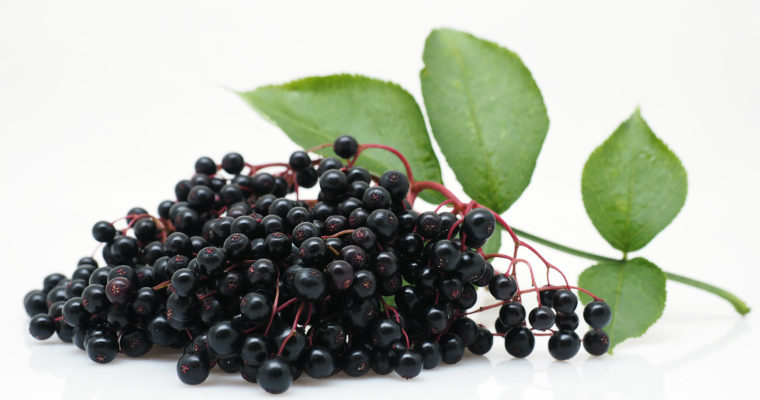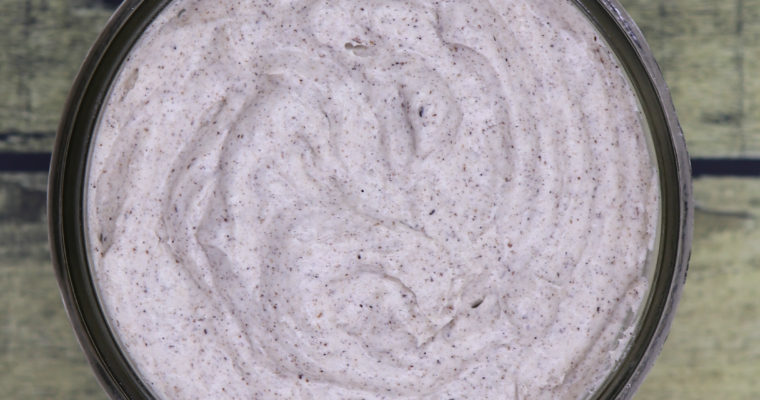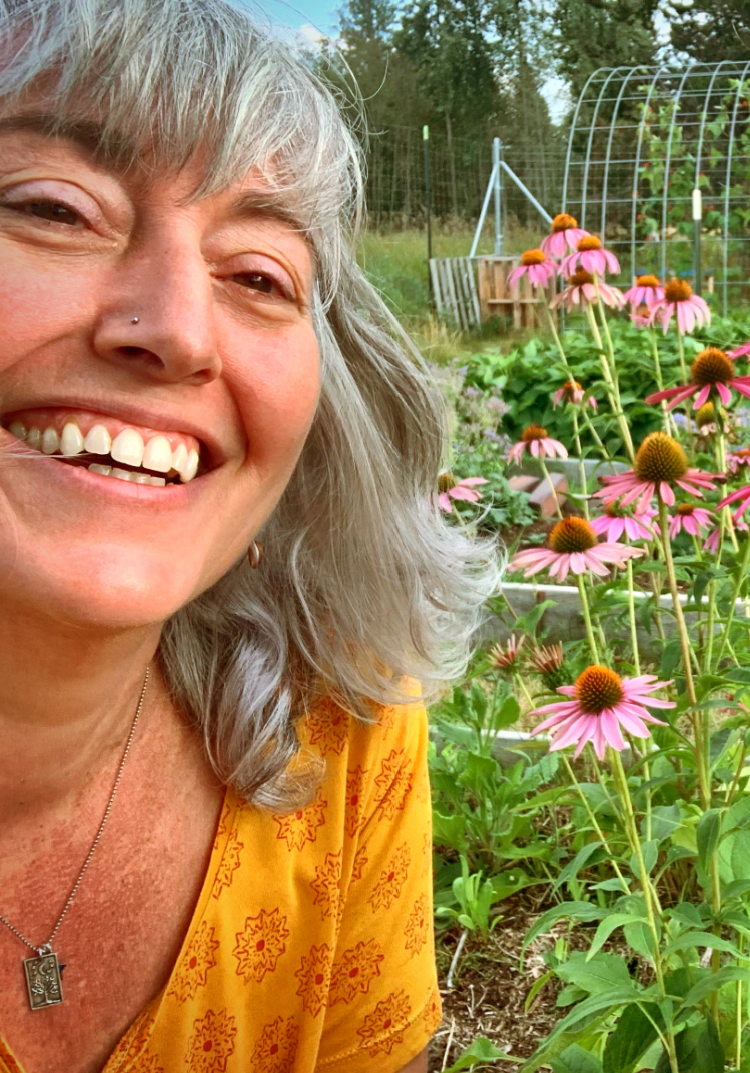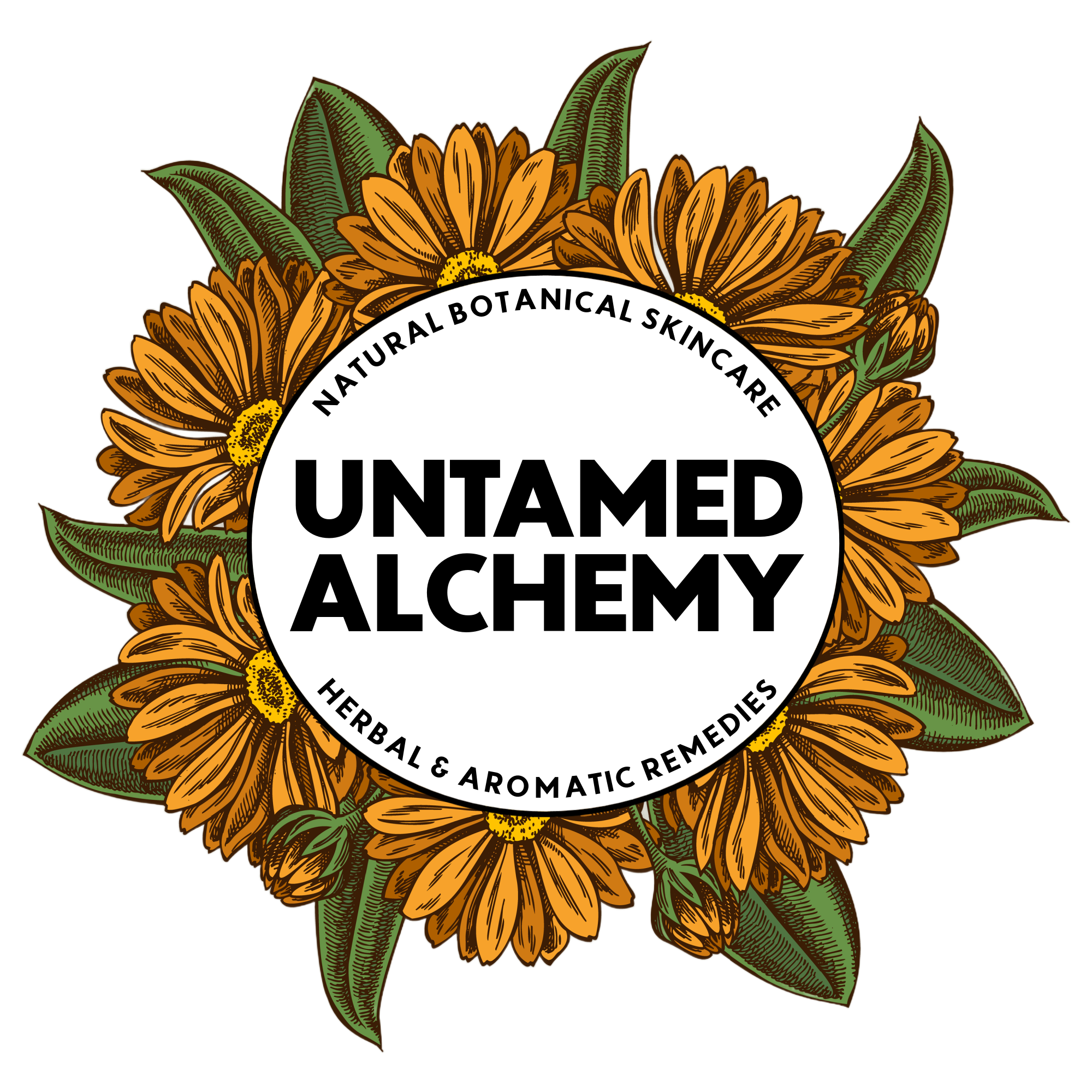Guests always comment on the quality and aroma of our hand soaps. Both the foaming hand soaps we have at our kitchen sink or the guest soaps we have in the guest bath garner all kinds of comments.
People unanimously love well-crafted aromatic soaps.
Few DIY projects are as easy as making your own aromatic melt-and-pour soaps–just about anyone can do it, you don’t need many special supplies, and the resulting products are superior in quality and fragrance to most store-bought soaps. You can create unique blends for individual gift recipients or make a master batch of one soap in big bars or cute, little hand soaps for the guest bathroom.
When I’m too short on time to craft my own homemade soap base, I use the organic melt and pour base available from Brambleberry.
The soap features organic coconut oil and is made without the use of sodium lauryl sulfate. The soap is mostly clear with a slightly yellow cast, has a wonderful lather, and holds scent exceptionally well. You can get a host of other melt-and-pour soap bases from Brambleberry and other suppliers, too, if you prefer a milk, honey, goat’s milk, hemp, shea, or other base soap instead.
 If you’re planning on making and giving soaps as gifts this holiday season, note that your soap will need to first set completely in a mold (4 hours plus) and then cure for three days before it can be used.
If you’re planning on making and giving soaps as gifts this holiday season, note that your soap will need to first set completely in a mold (4 hours plus) and then cure for three days before it can be used.
If you don’t allow your soap to cure properly, you’ll be disappointed to find it melts away significantly with first use, so plan time for your soaps to mature before you unmold, package, and gift them.
I have a variety of soap molds at my disposal including smaller molds for hand soaps and larger bar-style molds. By far my favorites are the silicone molds now available on the market: they are easy to use and clean–they also make it much easier to “pop” the finished soaps out once they’ve hardened. While there are formal soap molds available from soap-making supply companies, you can also use some of the fun shapes available in the silicone molds from the Wilton cake- and candy-making company. They have miniature pine trees, Christmas lights, stars, and other fun shapes available and they work perfectly for soap-making (as well as candy and brownies, mmmmmmm….). For this batch, I used the pine tree shaped molds.
Soap-making with essential oils uses a significant volume of oil–a little less than 1 ml per ounce of soap or about 15 milliliters per pound of melt-and-pour base.
We are conscious of what we use when we craft homemade soaps. While you may not have a care as to the cost of the soaps you make as gifts, you will want to consider the volume of oils needed when planning to make your soaps–there is more than cost to consider.
This year’s holiday guest soap (and stocking stuffer batch!) features Siberian fir (Abies sibirica) essential oil. It’s wonderful for supporting respiratory health–it opens the breath and chest with its sublime aroma.
It also has wonderful antimicrobial properties.
Siberian Fir Melt-and-Pour Guest Soaps
Easy, organic melt-and-pour soap featuring transcendent Siberian fir essential oil.

Ingredients
- 1 pound of melt-and-pour soap, cut into chunks for faster melting
- 1T organic, unrefined coconut oil OR 1T organic, unrefined jojoba oil
- up to 14mls of Siberian fir (Abies sibirica) essential oil
- Handy: a double-boiler (or heatproof glass container and a larger pot with water in which it can safely rest), a spoon or glass stir rod, hand, bar, or other soap molds, graduated glass cylinder (to measure up to 15 ml or more), a small amount of jojoba oil to coat your mold (necessary for non-silicone molds only), a spray bottle of a small amount of rubbing alcohol with a fine-mist nozzle
Directions
- Step 1 Heat the water in bottom part of your double boiler (or the pan below your heatproof glass container). Add the soap chunks to the top portion of your double boiler or heatproof glass container. The smaller the chunks you’ve created, the faster your soap will melt. DON’T allow the soap to boil.
- Step 2 While the soap is melting, stir only as necessary and without disrupting the soap too much. Too much stirring will add air bubbles into the soap that you don’t want…
- Step 3 Pour the Siberian fir essential oil into your graduated cylinder and measure up to 14 mls. You can use less, but I don’t recommend more.
- Step 4 Once you have your soap base melted, remove it from the heat and allow it to cool slightly–it should be cool enough that you can touch it before you add the essential oil.
- Step 5 Add the Siberian fir essential oil to the soap base and stir gently to mix , being careful not to stir in too much air.
- Step 6 Pour your blended soap into your molds. If air bubbles appear on the surface of your soap after pouring and you prefer a perfect surface, spray each soap once with rubbing alcohol and they auto-magically disappear!
- Step 7 Allow soap to cool for at least four hours before removing from the mold(s). The larger the mold and resulting soap size, the longer you’ll want to wait. (I wait 24 hours…) Allow to cure for another 72 hours before using.

